Sonar's latest blog posts
Solving the Engineering Productivity Paradox
Sonar CEO, Tariq Shaukat, shares how AI-generated code absolutely must be reviewed before it's merged into your codebase, and how SonarQube can help.
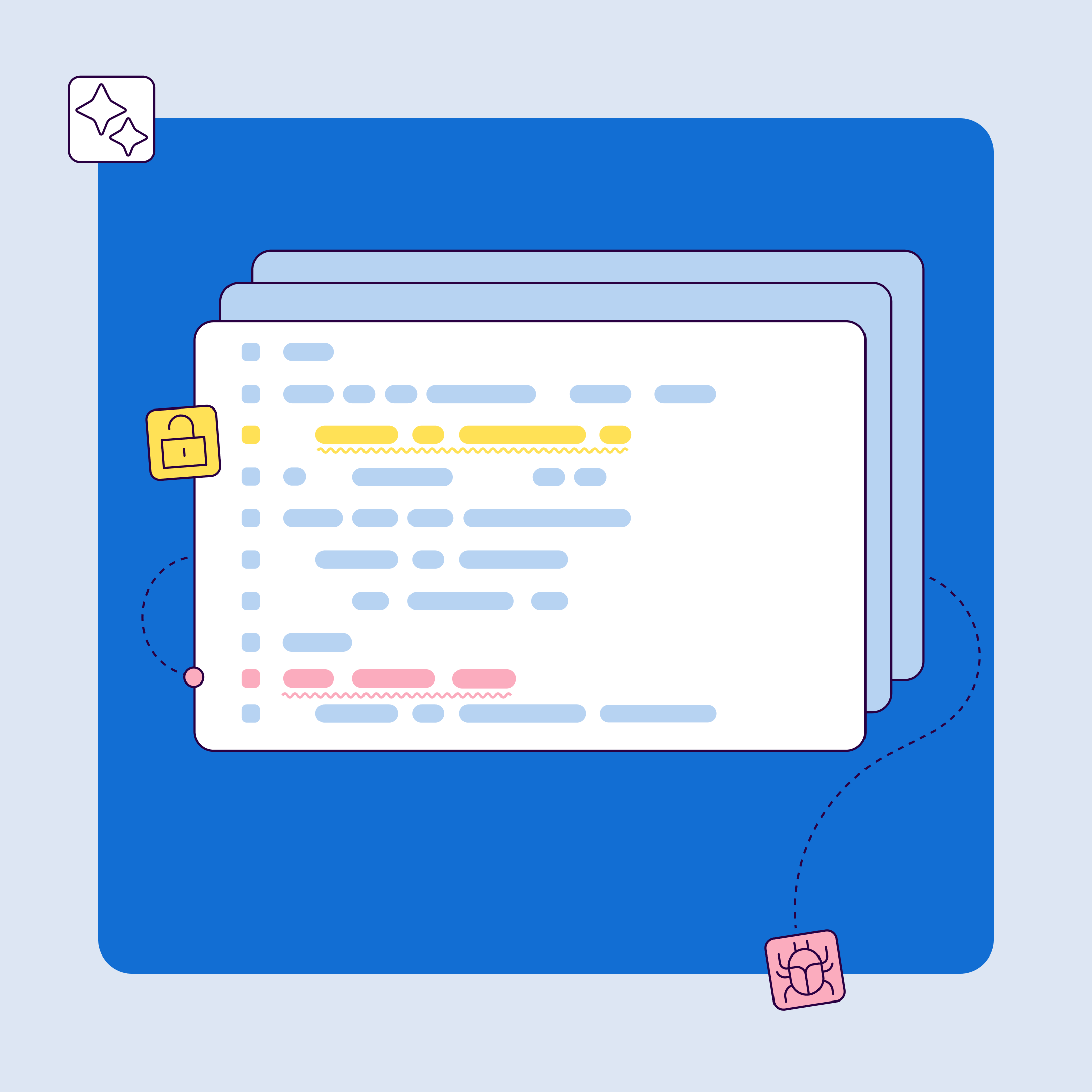
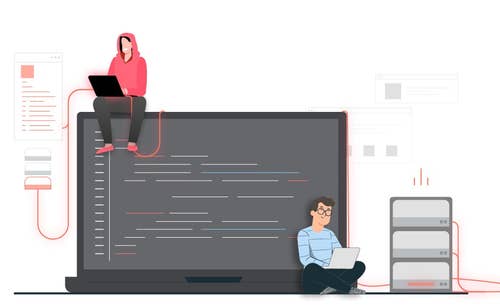
Hack the Stack with LocalStack: Code Vulnerabilities Explained
Our vulnerability researchers found critical code vulnerabilities in a popular Python application that can be exploited remotely, even when the application instance is hosted locally.
Read Blog post >

Crafting regexes to avoid stack overflows
Due to the way regular expression matching is implemented in Java (and many other languages/libraries), matching a pattern may - depending on the regex - require stack space proportional to the length of the input. This means large inputs could cause the program to crash with a `StackOverflowException` when you try to use the regex.
Read Blog post >
Get new blogs delivered directly to your inbox!
Stay up-to-date with the latest Sonar content. Subscribe now to receive the latest blog articles.
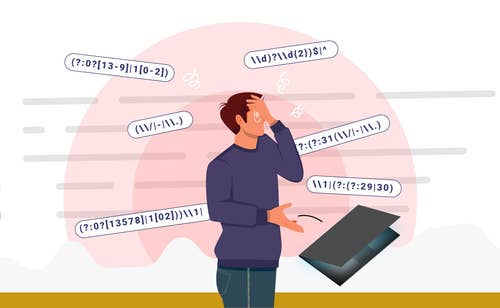
Setting the right (regex) boundaries is important
Regular expressions pack a lot of power into terse little packages and unfortunately that introduces a lot of room for error. This post talks about regex boundaries, another feature that can lead to bugs when used incorrectly, and a rule of ours that can help you avoid such issues. it also covers about complexity and maintainability in regular expressions and our rule to help you find regular expressions that are too complex.
Read Blog post >

Regular expressions present challenges even for not-so-regular developers
Regular expressions are a concise and powerful tool for processing text. However, they also come with a steep learning curve and plenty of opportunities to make mistakes. This is the first in a series of posts about some specific regex pitfalls.
Read Blog post >

What I learned from the Server Side Public License
When the Server Side Public License (SSPL) was submitted to the Open Source Initiative (OSI), many people criticized it, and the license was eventually withdrawn.
Read article >
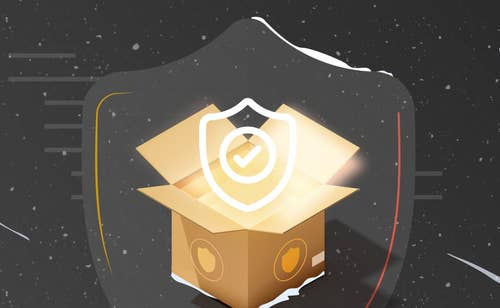
Code security: now there's a tool for developers
Hey SonarQube Server and SonarQube Cloud users! You now have a tool to own Code Security! SonarSource has been hard at work for the last year to give you the tooling to review and improve your code security. We're glad to say that today you have at your fingertips unmatched precision and performance in SAST (Static Application Security Testing) analysis for five languages and counting.
Read Blog post >

Code Security Advent Calendar 2020
It's time to have some December fun! We have 24 little challenge gifts awaiting you that hide security vulnerabilities in real-world Java, C#, PHP and Python code. Can you spot the vulnerability?
Read Blog post >
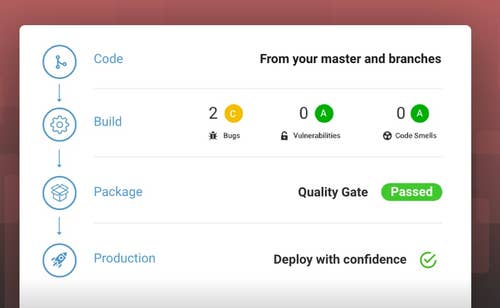
Make Code Quality & Security™ an integral part of your workflow
SonarQube Server Developer Edition overlays Code Quality and Security™ right onto your projects. Your pull requests are automatically analyzed and decorated with a clear Go/No Go Quality Gate so you only merge clean, quality code! 👏
Read Blog post >

How SonarQube Cloud finds bugs in high-quality Python projects
As developers, there always comes a time when we find a bug in production and wonder how it passed all our quality checks. Let's go over a few Bugs we found with SonarQube Cloud and see why it is able to detect them when popular linters don't .
Read Blog post >
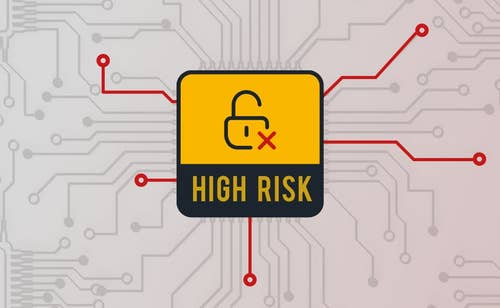
Code vulnerabilities put health records at risk
Recently, we discovered several code vulnerabilities in OpenEMR 5.0.2.1. A combination of these vulnerabilities allowed remote attackers to execute arbitrary system commands on any OpenEMR server that uses the Patient Portal component. This can lead to the compromise of sensitive patient data, or worse, to a compromise of critical infrastructure.
Read Blog post >

Winning the race against TOCTOU vulnerabilities in C & C++
Security is an eternal race between the techniques and technologies of attackers and those of the defenders. Today, I'm proud to announce a step forward for defenders with a new rule to detect a literal race condition: TOCTOU (or TOCTTOU) vulnerabilities, known in long-form as Time Of Check (to) Time Of Use.
Read Blog post >
